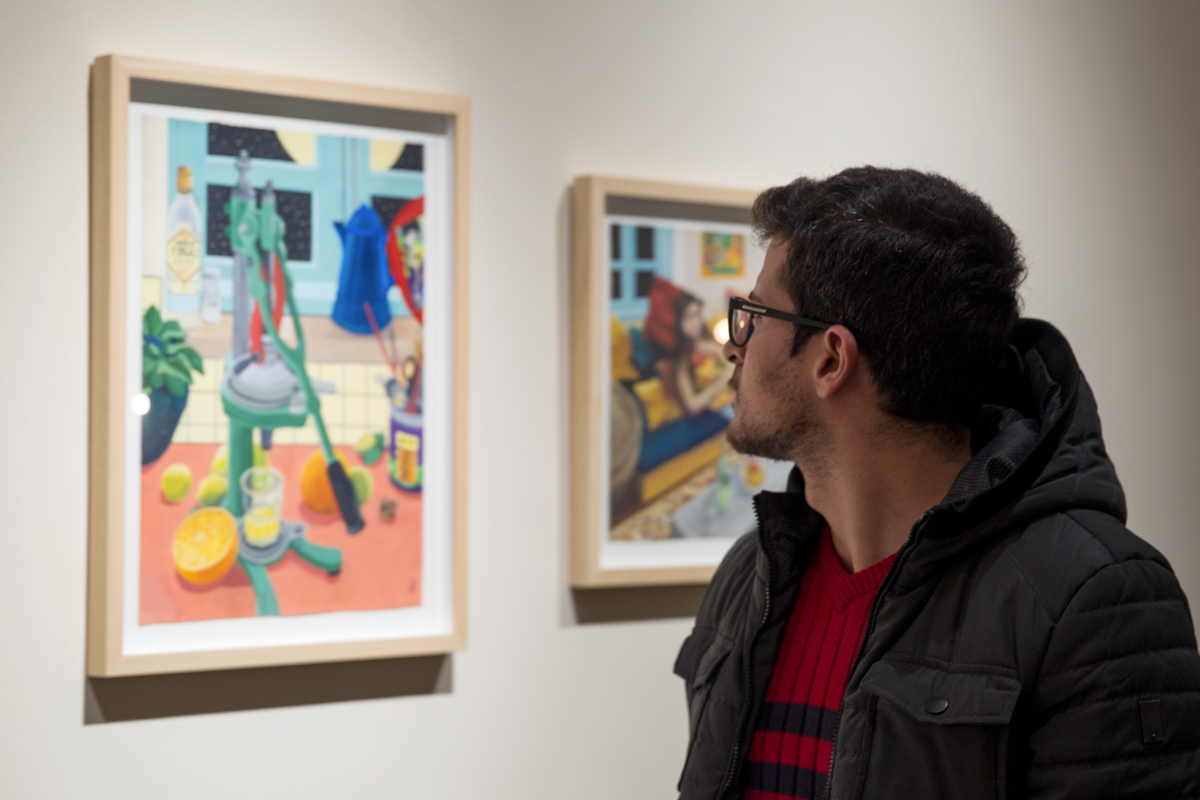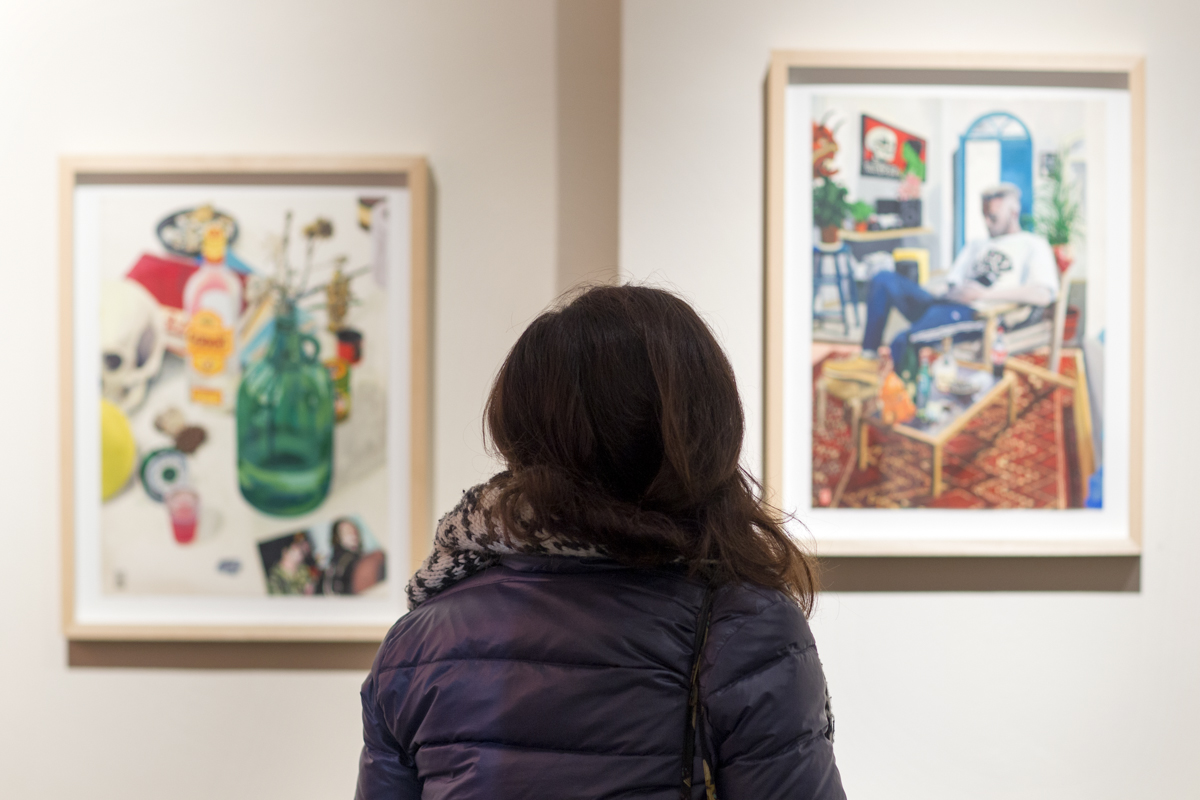BROKEN FINGAZ – REALITY CHECK
INTERVIEW BY GALLERIA VARSI

We think of Broken Fingaz as a sort of family. Can you tell us why you chose to get together as a crew and what has been binding and holding you together for 15 years?
Tant: Me and Unga grew up together in a small community on the side of Carmel mountain. Our parents worked together as architects and artists. A lot of interesting people passed through our little village and influenced the way we think and work. I think one of the reasons that it works so well for us as a group of artists is because we don’t have rules, we can work together if we feel like, but we can also work independently. We inspire each other, we teach one another, and we criticize each other too…
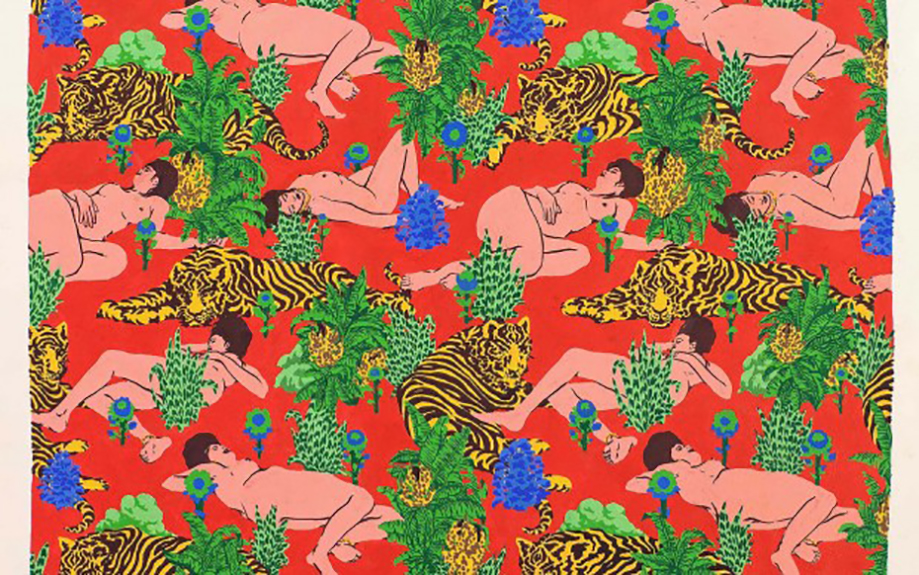
Haifa, besides being the birthplace of three of you and the current base of BFC, has played a key role in your artistic career. In 2001 you literally began to attack its walls and have not stopped since. In an interview you defined Haifa as "the worst city in Israel for painting on the street" because the authorities there cover the works done without permission within a few days. Then in 2010 the same institutions that "erased" your works called you to show a work in an exhibit at the Haifa Museum of Art. What does Haifa represent for you? How does the city affect your research and what impact do you think your work can have on it?
T: Growing up in a place like Haifa where nothing happens gave us strong will to create, so we organised our own parties and created our own art scene. We had no one above us to look after us, so we made our own rules. Haifa has a beautiful combination of city and nature, mountains and coastline… we are surrounded by good and talented people that support each other and want to push things forward.
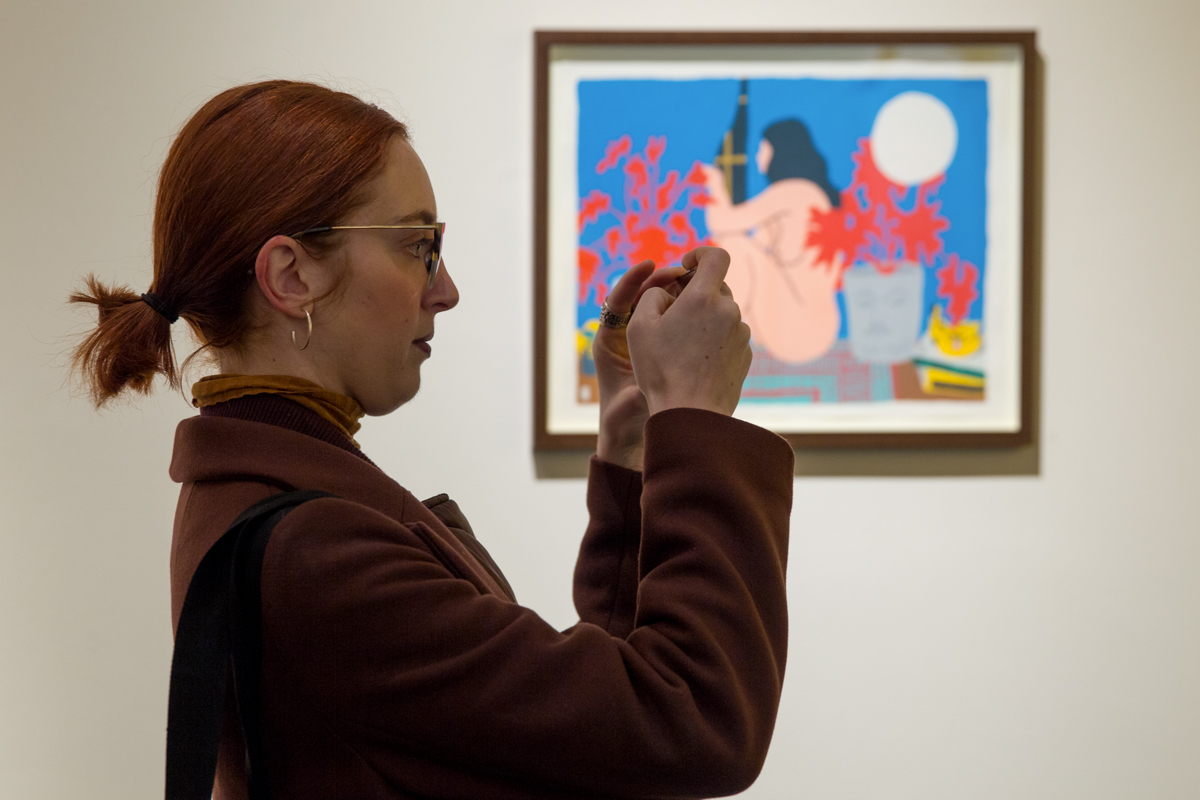
You work and live in a country that is now more than ever at the center of a heated political and cultural debate. Your artistic production, however, does not seem to bear reference to it. Is it really possible to keep a neutral position on this, or is deciding to be neutral, to "refrain artistically," per se a political choice?
Unga: We’re not neutral, we have opinions about the shit that going on around us and we don’t hide them. Sometimes we will comment about what’s going on in the walls we paint, but at the same time we don’t feel a need to force it into our art. Sometimes it feels that in a place that is so cynical and full of propaganda the strongest thing is just to do something that is true to yourself and harmonious.
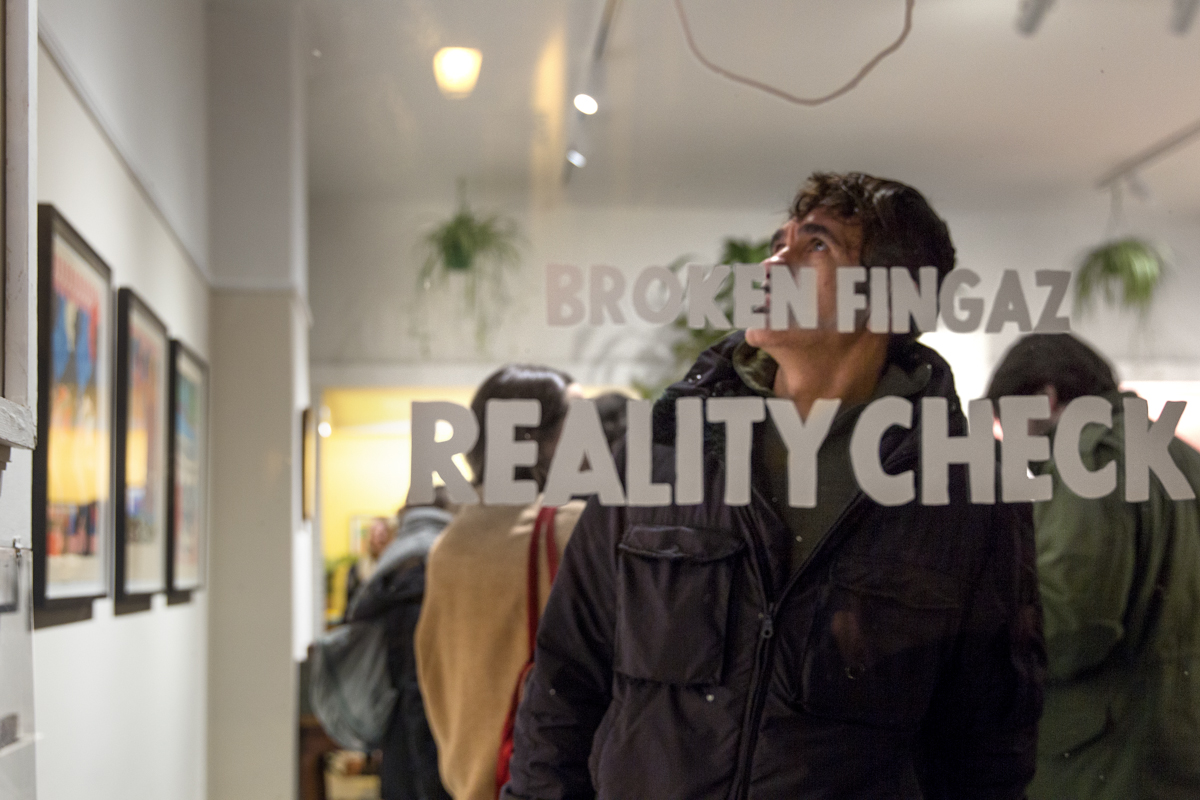
Who or what are the central characters of such compositions? Where do they come from and what are they doing there?
T: Sometimes I just close my eyes and wait for an image to pop up in my head and then I imagine what colors will fit with it. When we start to work on something we don’t think what we want to tell the viewers or even to ourselves. We just do what feels right in the moment. I have a strong need for study, to study myself, my body, my mind, my soul and the relationships between them. Sometimes the characters in our paintings can represent different sides of our inner self.
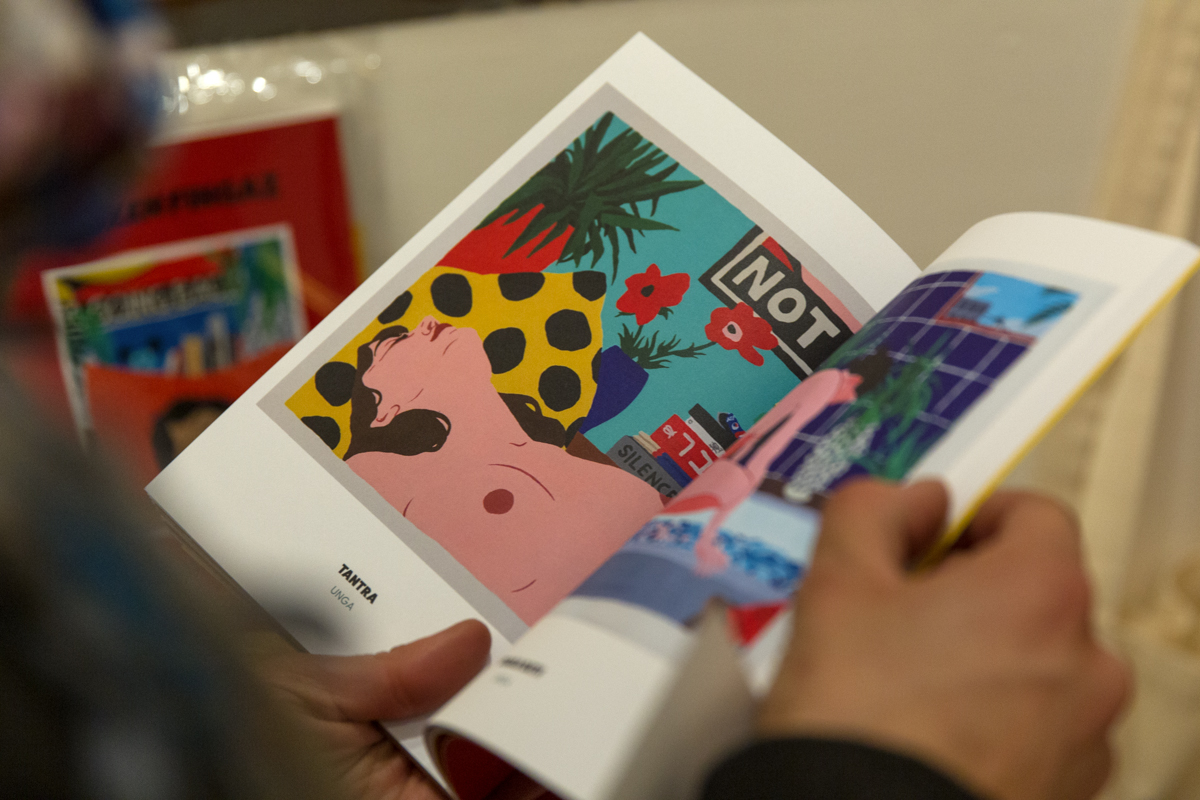
At first sight your aesthetics seem to be mainly influenced by the visual culture of the ‘80s. But if we look more closely we can see that your work is studded with quotations from the great masters of art history, starting with Matisse, whose masterpieces "La Danse" you reinterpreted several times. Who are the artists of the past with whom you feel most connected?
U: Yes, like everyone we love Matisse, and a lot of the guys from his time.., Bonnard, Felix Vallotton.
T: Egon Schiele, Toulouse-Lautrec, Paul Gauguin, Van Gogh.
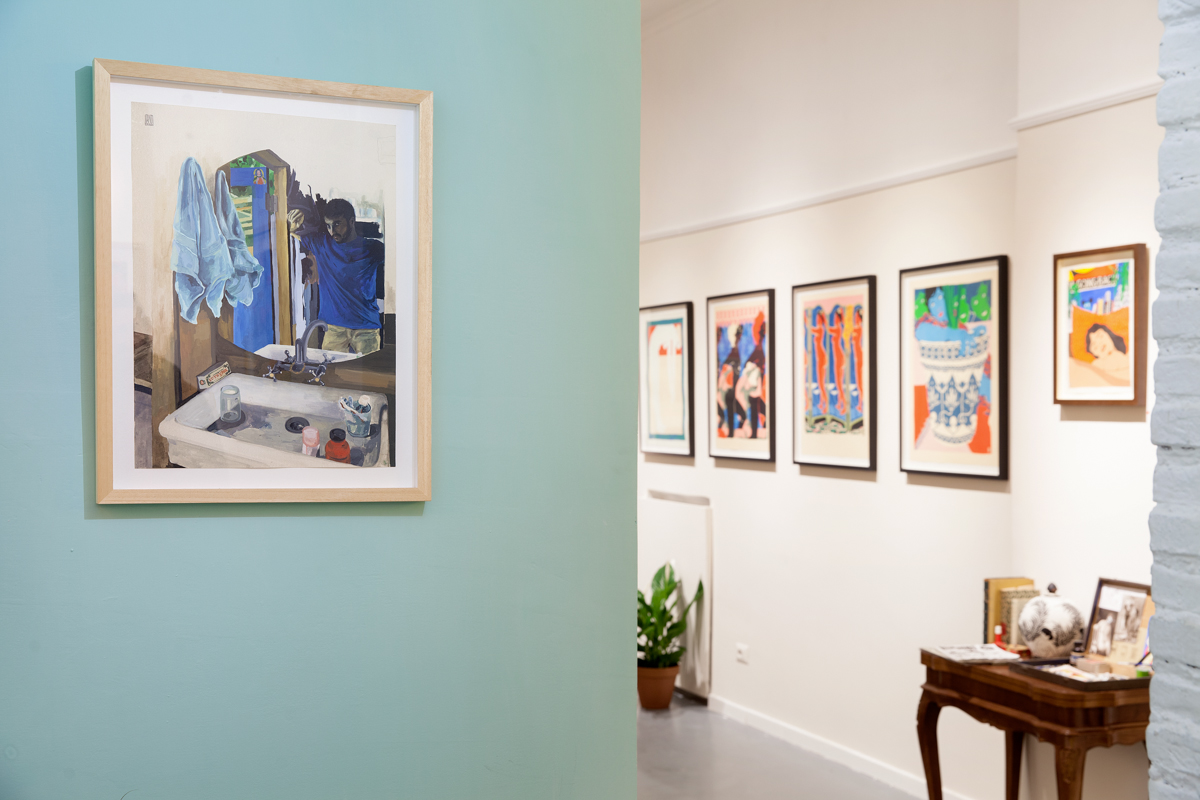
What prompted you to leave the psychedelic dimension? Can you tell the concept behind "Reality Check" and how it integrates with your artistic career.
U: We spent a lot of time kind of researching our brains, we had this ritual that every country we went to we went to the countryside and took acid. We had some amazing trips… after a few people said we need a reality check we decided maybe we should check it.
T: At the moment we try to capture the magic in the moments of our everyday life. Lately I started to understand that it’s less important what the subject I’m gonna paint is, it’s more the way I see it, and how I pass this vision over to the viewers. We haven’t left the psychedelic dimension, we just came for a short vacation in “reality”.
U: But by the way Deso is still there.

C: Finally, what is crazier? The real world or the hallucinogenic one?
U: Mmm… good question… I guess it’s all the same place, isn’t it?
